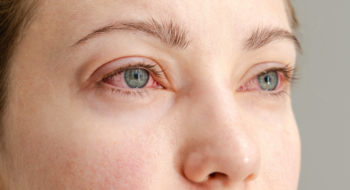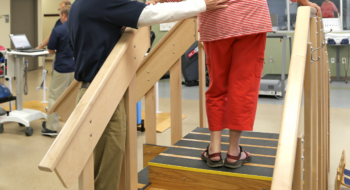Endometriosis is a painful condition that causes uterine tissue (endometrium) to grow outside the uterus, sometimes attaching to other organs. For some people, the condition causes debilitatingly painful menstrual cycles, bowel issues, pain during sex and fertility challenges, among other symptoms.
The exact cause of endometriosis is unclear, but here are some things women should know about the condition:
1. There’s no single test for endometriosis
Diagnosing the condition depends on a close evaluation of symptoms and elimination of other potential causes. Surgery or biopsy is the only definitive way to confirm endometriosis.
2. Endometriosis is recurring and progressive.
Some researchers believe endometriosis may occur, at least in some cases, when endometrial cells move up through the uterus during the menstrual cycle, escape through the fallopian tubes and attach elsewhere in the body cavity. Because the condition is related to the menstrual cycle, endometriosis symptoms can continue through menopause.
Enjoying this story? It’s free to republish. Learn more.
After menopause, symptoms typically resolve because the hormones that cause the condition are no longer present. However, in some cases, symptoms may persist due to scar tissue or adhesions caused by the condition. Although surgery can remove misplaced endometrial tissue, the condition may recur.
3. Genetics may play a part.
Research indicates that a family history of endometriosis may increase the risk for endometriosis.
Treatment
Initially, treatment for endometriosis typically involves non-invasive approaches such as prescription anti-inflammatory medications, oral contraceptives or a hormonal IUD to treat pelvic pain and heavy menstrual bleeding.
The most direct treatment is surgery to remove the endometrial tissue. The procedure is typically completed laparoscopically, a minimally invasive approach that requires the surgeon to make small incisions in the abdomen to remove the lesions or burn them. At Tidelands Health, our region’s leading health care provider, women have the option to benefit from robotic-assisted surgery for endometriosis.
For women who are finished having children but not yet entered menopause, a hysterectomy can help reduce pain from the condition, Dr. Richmond-Mart says. If the ovaries are left in place, the pain people experience may persist, so often providers will discuss removing at least one ovary and potentially both depending on the severity of the condition and the age of the patient.
Without surgery, symptom management is the chief treatment for endometriosis.
Greater awareness
The good news for women is that awareness about endometriosis has grown significantly in recent years, which has translated into more women finding relief from the condition’s symptoms.
“It is a condition that is gaining more awareness,” says Tidelands Health OB/GYN Dr. Andrea Richmond-Mart, who provides care at the Azalea Lakes, Murrells Inlet and Georgetown locations of Tidelands Health OB/GYN. “In the past, if people had significantly painful cycles, patients were told, ‘that’s just how it is.’ But now we know that pain out of proportion is an indication that there’s probably something else going on.”
If you are struggling with painful periods or have other questions or concerns related to your health, be sure to speak to your OB/GYN or qualified health care provider.

Dr. Andrea Richmond-Mart
OB/GYN, Tidelands Health OB/GYN
Bio
Tidelands Heatlh OB/GYN Dr. Andrea Richmond-Mart provides care at the Azalea Lakes, Murrells Inlet and Georgetown locations of Tidelands Health OB/GYN. She is accepting new patients.
Learn MoreMeet the Expert
Dr. Andrea Richmond-Mart
Tidelands Heatlh OB/GYN Dr. Andrea Richmond-Mart provides care at the Azalea Lakes, Murrells Inlet and Georgetown locations of Tidelands Health OB/GYN. She is accepting new patients.





